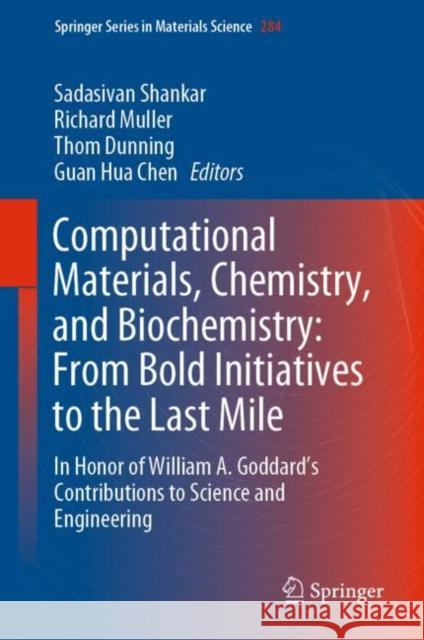Computational Materials, Chemistry, and Biochemistry: From Bold Initiatives to the Last Mile: In Honor of William A. Goddard's Contributions to Scienc » książka
topmenu
Computational Materials, Chemistry, and Biochemistry: From Bold Initiatives to the Last Mile: In Honor of William A. Goddard's Contributions to Scienc
ISBN-13: 9783030187774 / Angielski / Twarda / 2021 / 1333 str.
Computational Materials, Chemistry, and Biochemistry: From Bold Initiatives to the Last Mile: In Honor of William A. Goddard's Contributions to Scienc
ISBN-13: 9783030187774 / Angielski / Twarda / 2021 / 1333 str.
cena 771,08 zł
(netto: 734,36 VAT: 5%)
Najniższa cena z 30 dni: 765,72 zł
(netto: 734,36 VAT: 5%)
Najniższa cena z 30 dni: 765,72 zł
Termin realizacji zamówienia:
ok. 20 dni roboczych.
ok. 20 dni roboczych.
Darmowa dostawa!
Kategorie:
Kategorie BISAC:
Wydawca:
Springer
Seria wydawnicza:
Język:
Angielski
ISBN-13:
9783030187774
Rok wydania:
2021
Wydanie:
2021
Ilość stron:
1333
Waga:
2.61 kg
Wymiary:
23.88 x 19.56 x 7.62
Oprawa:
Twarda
Wolumenów:
02
Dodatkowe informacje:
Komentarz
Bibliografia
Bibliografia











